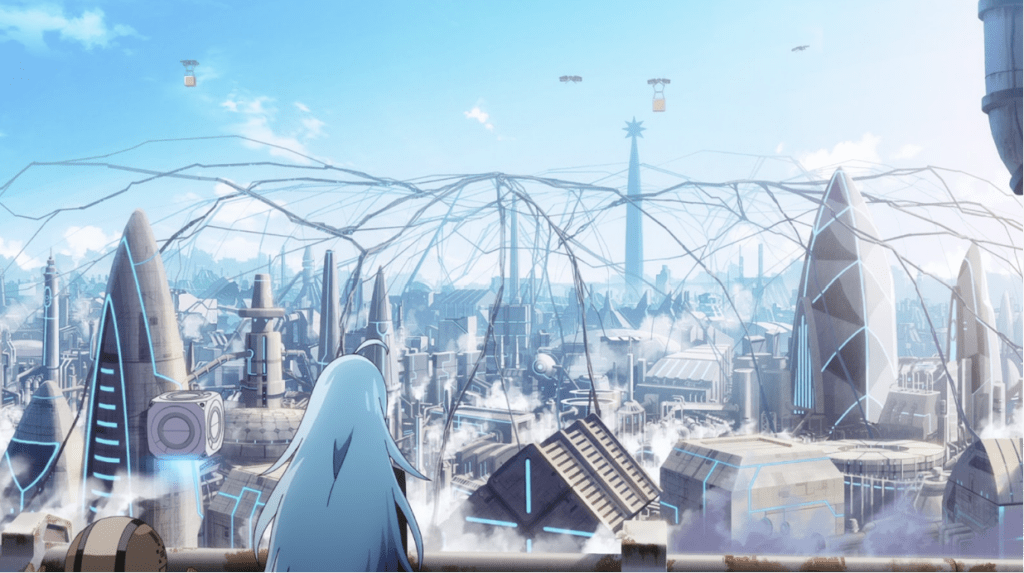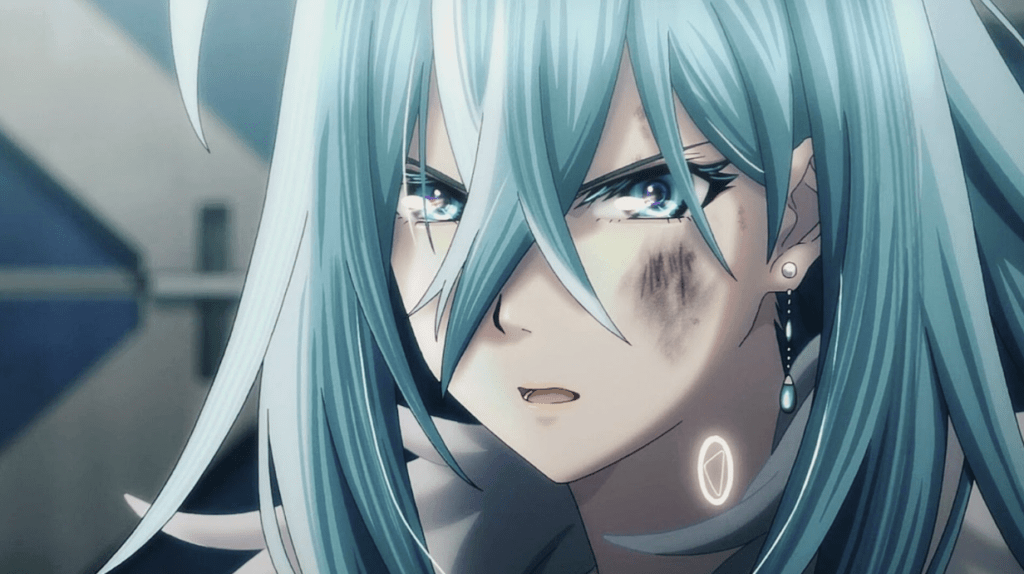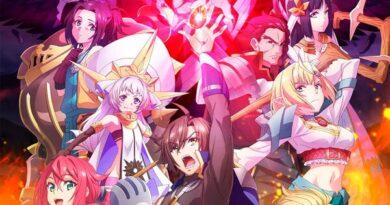How Vivy: Fluorite Eye’s Song Balances Convention and Experiment
Written by Austin Jacques
An anime based on the premise of an AI apocalypse is not groundbreaking by any means. Vivy: Fluorite Eye’s Song, however, pulls it off with a number of surprising elements that make for a compelling, memorable story. It achieves this through a combination of less conventional narrative techniques, stunning visuals, exciting action sequences, and a heartfelt core holding it all together. Through a complex web of character relationships, Vivy turned out to be an emotionally-driven story, a rarity among other android-filled dystopias.

What makes Vivy: Fluorite Eye’s Song especially unique is the episodic nature of its narrative structure. Most episodes feature a new character or set of characters (usually other androids) who are caught up in the complications posed by the looming AI apocalypse. This results in a series of mini arcs that diversify the viewer’s perspective on the events of the story, draw a nexus of relationships that establish the emotional underpinning of the show, and introduce a rich cast of characters Vivy interacts with throughout her journey.
This isn’t the only unusual narrative technique. Timelines are also played with in interesting ways. Visions of the future, large time skips, and reliving specific sequences of time reminiscent of shows like Re:ZERO -Starting Life In Another World- are all features utilized to develop a non-linear story progression.




